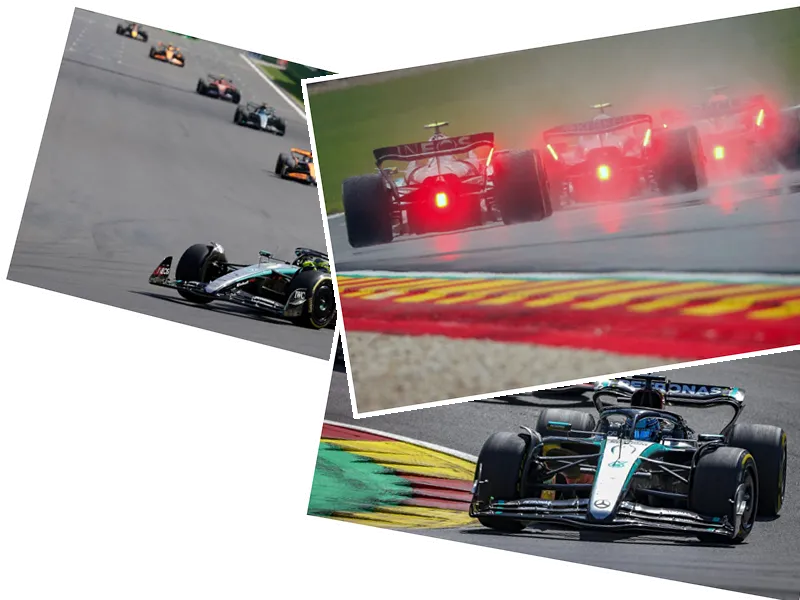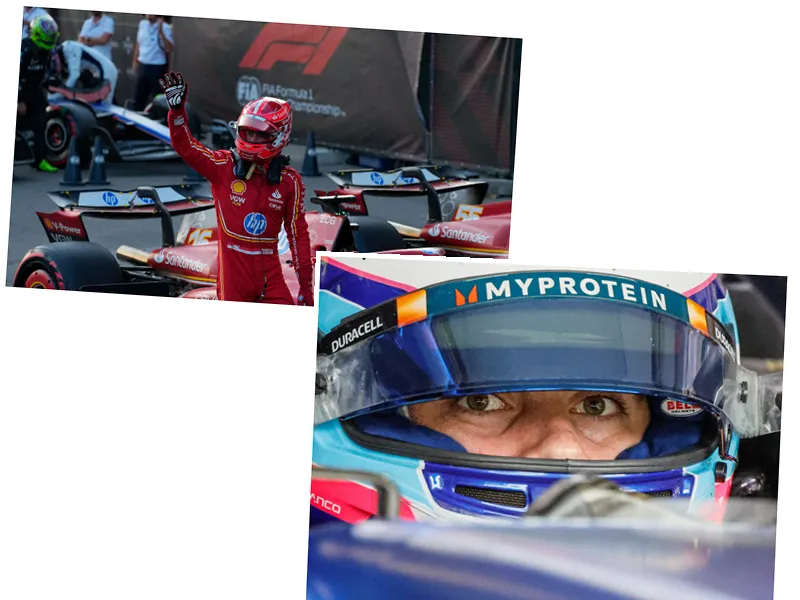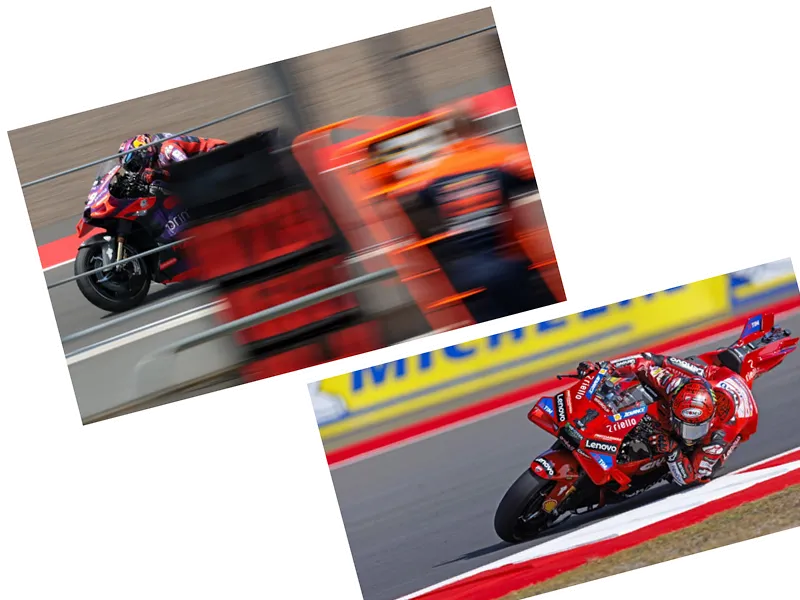The recent Belgian Formula 1 Grand Prix was marked by a dramatic twist when George Russell, who initially celebrated his victory, was disqualified due to his car's weight violation. After an intense race at the Spa-Francorchamps circuit, Russell's Mercedes was found to weigh less than the minimum required 798 kilograms after inspections. This disqualification led to Lewis Hamilton being declared the winner, marking his 105th career victory in Formula 1. Hamilton, who started third, showcased an impressive performance, taking the lead early in the race despite Russell's strategic advantage of a single pit stop. The podium was rounded out by Oscar Piastri from McLaren in second place and Charles Leclerc from Ferrari in third, while Max Verstappen finished fourth after starting eleventh due to a penalty. This unexpected turn of events not only reignited discussions about the competitiveness of the championship but also highlighted the evolving dynamics within the Mercedes team, as they seek to regain their dominance in the sport.
- The disqualification of George Russell has stirred conversations about the integrity of race regulations and the performance of teams in Formula 1. Russell's victory, which seemed a testament to Mercedes' resurgence, was quickly overshadowed by the technical infraction. This incident underscores the importance of compliance with FIA regulations, as teams must navigate the fine line between innovation and adherence to rules. Hamilton's second win of the season brings renewed hope for Mercedes, especially after a challenging few years. The race also illustrated the growing competitiveness within the field, with teams like McLaren and Ferrari posing significant challenges to the traditional frontrunners. As the championship progresses, the rivalry between Hamilton, Verstappen, and emerging talents like Piastri promises to keep fans on the edge of their seats.






